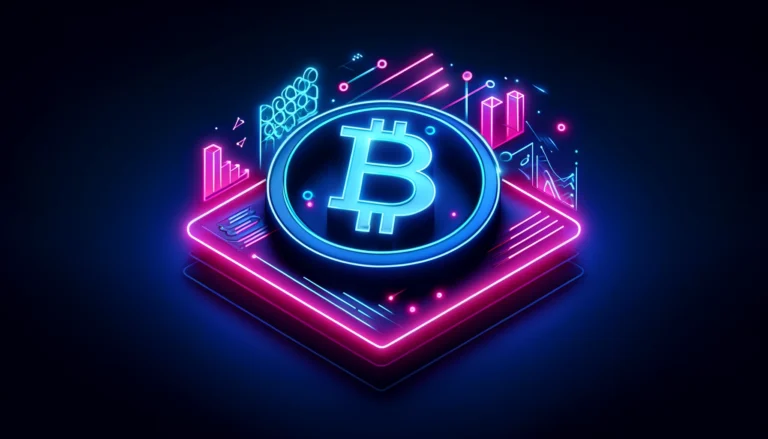Why Certificates of Authenticity Matter Most in NFTs
Understanding the Role of Certificates of Authenticity in NFT Security
Certificates of Authenticity (CoAs) are essential for maintaining the security and credibility of Non-Fungible Tokens (NFTs). By verifying the provenance and ensuring the legitimacy of digital assets, CoAs serve as critical tools in protecting both creators and collectors in the digital realm. When an NFT is minted, a CoA can be issued to represent a verifiable digital certificate that confirms the artwork’s creator, its origin, and its ownership history. This precision not only secures the asset but also enhances its value by assuring prospective buyers of its authenticity.
How Certificates of Authenticity Prevent Fraud in Digital Art
In the world of digital art, where duplications are easily made, CoAs are indispensable in preventing fraud. They combat fake attributions by linking a unique identifier to the digital signature of its rightful creator, stored securely on a blockchain. This identifier can be verified against the blockchain’s records, ensuring that any claim regarding the artwork can be swiftly and accurately validated. Consequently, CoAs act as a potent deterrent against the circulation of counterfeit digital works, preserving the integrity and originality of the collection marketplace.
The Technology Behind CoAs: Ensuring Trust with Blockchain
Blockchain technology is the backbone of effective CoAs in the NFT space, providing a decentralized and immutable ledger that records each NFT’s lifecycle from creation to current status. The embedded use of smart contracts automates and enforces the conditions of an art piece’s sale or transfer, minimizing human error and the potential for fraud. Moreover, blockchain’s transparency allows for open verification without compromising the security of the data, ensuring that each CoA reflects accurate and unaltered information about an NFT’s authenticity and ownership.
Examples of Blockchain Authentication in Action
Several notable instances accentuate the effectiveness of blockchain in authenticating NFTs. For example, high-end fashion brands have begun utilizing NFTs with CoAs to authenticate ownership of limited-edition pieces. In the art world, platforms like Uncopied offer services to digitally certify artworks displayed in museums, ensuring visitors of the authenticity of the pieces they are viewing. These applications of blockchain CoAs not only bolster consumer confidence but also streamline the process of ownership verification.
Fighting Counterfeit NFTs with Authenticity Verification
Counterfeiting in the NFT market can severely undermine the value of digital assets and erode trust among buyers and collectors. To combat this, venues like auctions and online marketplaces are increasingly relying on CoAs verified through blockchain. This form of authenticity verification ensures that every transaction is recorded, and every certificate’s integrity is maintained from the point of its creation. By utilizing CoAs, stakeholders in the NFT marketplace can effectively mitigate risks related to fakes, forgeries, and unauthorized reproductions, thus stabilizing the market and securing the value of digital assets.
By ensuring the authenticity and legitimacy of NFTs, Certificates of Authenticity play a foundational role in cultivating and sustaining trust within the digital art market. Their integration with blockchain technology not only streamlines the validation process but significantly bolsters security, making them a crucial component of the NFT ecosystem.

